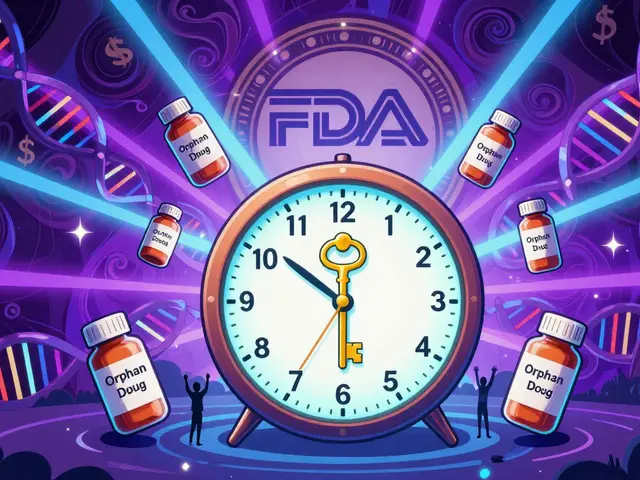Etodolac for Gout Relief: Practical Notes from May 2024
Gout attacks can be brutally fast and painful. Etodolac is an NSAID some doctors use to calm the inflammation and pain during a flare. This archive covers what etodolac does, when it might help, common risks, and simple steps you can pair with medication to feel better faster.
How etodolac helps during a flare
Etodolac blocks chemicals called prostaglandins that drive swelling and pain. That makes it useful for short-term relief when a joint is hot, red, and painful. Like other NSAIDs — naproxen or indomethacin — etodolac can reduce pain and let you move the joint sooner. Doctors usually consider it an option if you don’t have clear reasons to avoid NSAIDs.
Think of etodolac as a tool to manage symptoms while you work with your clinician on longer-term plans, such as urate-lowering therapy. It treats the pain and inflammation but doesn’t lower uric acid levels that cause gout over time.
Safe use, side effects, and practical tips
Dosing varies by situation and patient health. A common short-term approach is a moderate dose taken every 6–8 hours, with daily limits your doctor will set. Don’t increase the dose on your own. If you have stomach ulcers, serious kidney disease, or certain heart problems, NSAIDs like etodolac are often not a good choice.
Watch for stomach pain, heartburn, blood in stool, reduced urine, swelling in the legs, or sudden weight gain. These can signal serious side effects — call your clinician if they happen. Also tell your doctor about other medicines you take: blood thinners, some blood pressure drugs, and certain psychiatric meds can interact with NSAIDs.
Use etodolac for the shortest time that helps. For many people, a few days to a week during an acute flare is enough while inflammation settles. If flares repeat, your doctor may discuss long-term options to lower uric acid rather than relying on repeated NSAID use.
Practical self-care that pairs well with etodolac: rest and avoid putting weight on the affected joint, apply ice in short sessions to ease pain, drink plenty of water, and cut back on alcohol and high-purine foods during and after the flare. These steps reduce stress on the joint and can shorten recovery time.
If you’re unsure whether etodolac is right for you, bring a list of your current meds and health conditions to your provider. That makes it easier to pick a safe, effective plan for handling gout flares now and preventing them later.
Etodolac for Gout Relief: Can It Help Reduce Flare-Ups?
Gout is a painful condition caused by the accumulation of uric acid crystals in the joints. Etodolac, a nonsteroidal anti-inflammatory drug, has been considered for gout management. This article explores whether Etodolac can help reduce gout flare-ups, the side effects to watch out for, and tips on how to manage gout more effectively.




